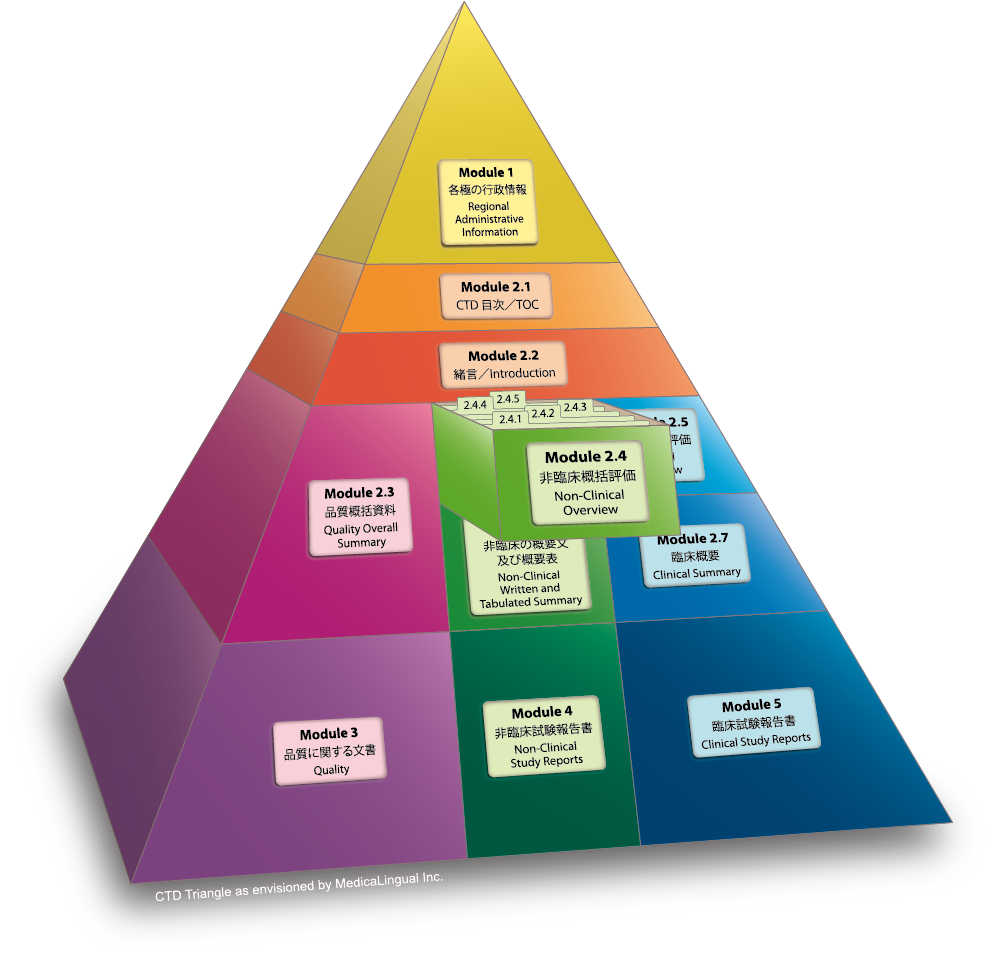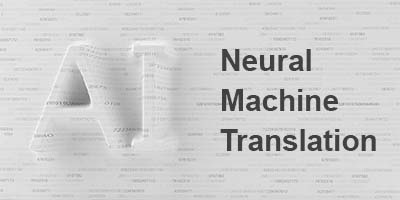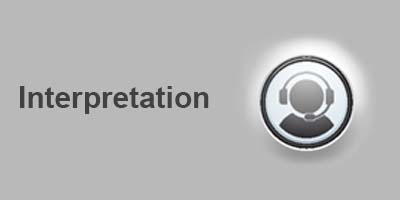
医薬審発第899号 CTD通知(別紙 4)
CTD 非臨床に関する文書の作成要領に関するガイドライン
(2002年9月11-12日ワシントン会議修正版)
ICH HARMONISED GUIDELINE – M4S –
(Numbering and Section Headers have been edited for consistency and use in e-CTD as agreed at the Washington DC Meeting, September 11-12, 2002)
Module 2.4 非臨床に関する概括評価
2.4.3 薬物動態試験
薬物動態、トキシコキネティクス及び代謝データの評価においては、用いた分析法、薬物動態モデル及び得たパラメータの妥当性について考察すること。薬理試験及び毒性試験での問題点をより詳細に検討するためには相互に参照することが適切である(病態に対する影響、生理学的変化、成分に対する抗体産生、トキシコキネティクスデータの動物種差の考察等)。
データ間の矛盾についても考察すること。代謝に関して動物種間の比較及び動物並びにヒトにおける全身曝露状態(AUC、Cmax及びその他の適切なパラメータ)の違いについて比較考察し、ヒトで考えられる副作用を予測するための非臨床試験の有用性及び限界を明らかにすること。
Module 2.4 NONCLINICAL OVERVIEW
2.4.3 Pharmacokinetics
The assessment of the pharmacokinetic, toxicokinetic, and metabolism data should address the relevance of the analytical methods used, the pharmacokinetic models, and the derived parameters. It might be appropriate to cross-refer to more detailed consideration of certain issues within the pharmacology or toxicology studies (e.g. impact of the disease states, changes in physiology, anti-product antibodies, cross-species consideration of toxicokinetic data).
Inconsistencies in the data should be discussed. Inter-species comparisons of metabolism and systemic exposure comparisons in animals and humans (AUC, Cmax, and other appropriate parameters) should be discussed and the limitations and utility of the nonclinical studies for prediction of potential adverse effects in humans highlighted.










